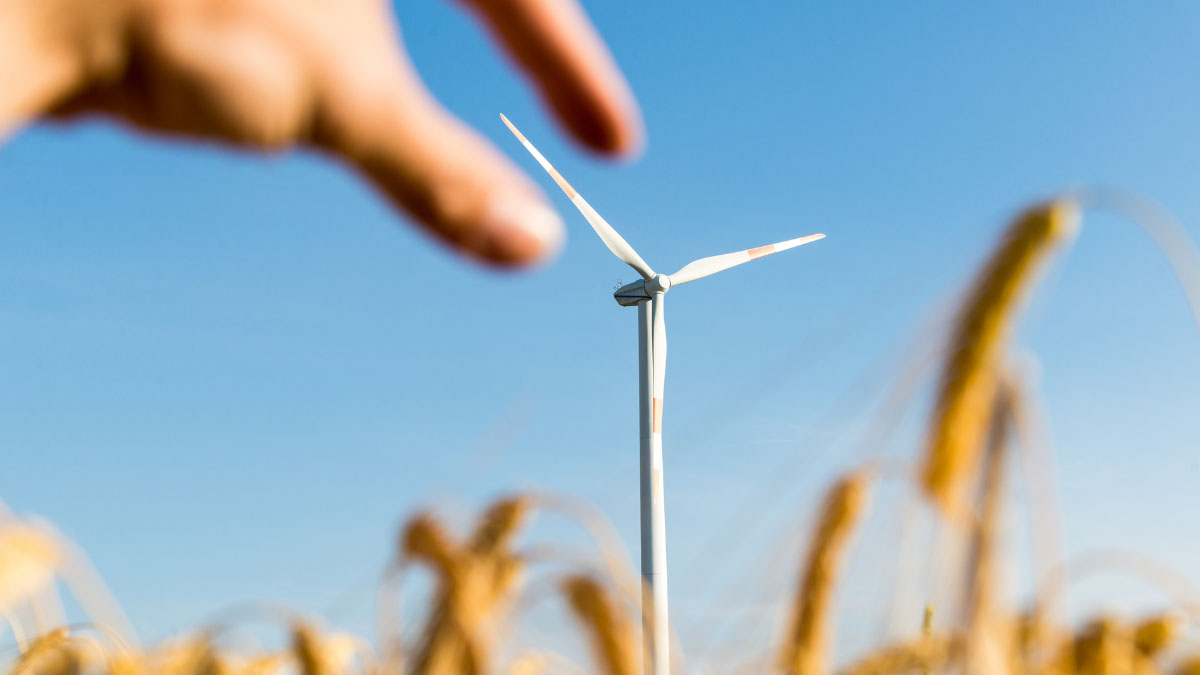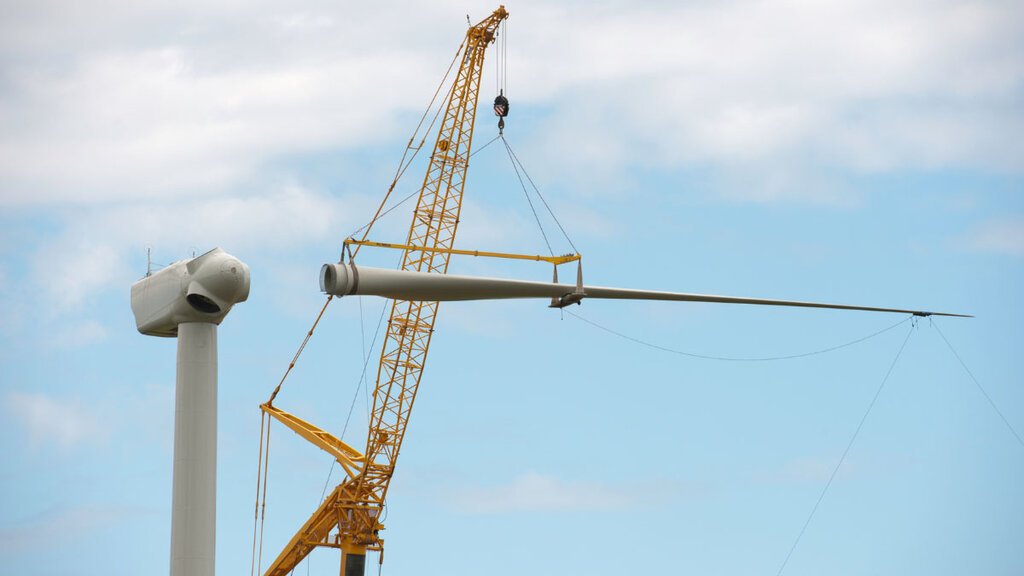
Recycling wind turbine blades
In recent years, wind energy has positioned itself as the leading source of clean and renewable energy in the world. These days, wind turbines have become synonym of sustainability and engine of carbon reduction. However, as the lifespan of these wind turbines comes to an end, a new environmental challenge emerge: how to recycle the wind turbines.
While wind power offers numerous environmental benefits, the complexity of recycling these giant structures presents an actual issue that demands our attention. The long size of these structures, together with their composition, and the limited recycling infrastructures, makes this last challenge hard to address.
A wind turbine consists of three main components: the tower, the nacelle, and the blades. Whereas the tower and the nacelle are easily recyclable, as they are primarily made of steel and other metals, the blade is where we find the main concern. Most of the wind turbine blades are constructed using a combination of fiberglass, carbon fiber and other composite materials, which cannot be recycled. In onshore, where we do find the real challenge of recycling Europe’s first-generation wind farms, we also have to take in mind the foundations for wind turbines, which do not present recycling problems, being composed mainly of concrete, copper and aluminum.

Currently, there is no widely adopted and cost effective method for recycling wind turbines. The composite materials used in the blades are incredibly durable, which makes them perfect for resisting the stress events of wind energy production. Although this same characteristic is the one presenting the defy when it comes to decommissioning and recycling.
Researchers and innovators have been actively seeking for solutions to tackle the wind turbine recycling problem, and alternative initiatives have been carried out to give these wind turbine blades a second life.
At Nabla Wind Hub, we are greatly inspired to tackle this latest environmental challenge, and to this end we have adopted the principles of the circular economy (recover, recycle, reuse), in addition to getting involved in different actions to deal with the recycling of wind turbines.
Nabla Wind Hub, though eTa Blades, works for some years now in a research project named MARLIC (acronym for "Marche Applied Research Laboratory for Innovative Composites") that aims to give a second life to blade production scraps and dismantled blades, recovering materials and applying the circular economy criteria, in order to then reusing these recovered materials in our own production.
Moreover, we have carried out some circularity projects turning wind turbine manufacturing scraps into eco-designs such as urban furniture, bicycle parking, and even colorful design lamps made to decorate your kitchen with an ethical, responsible, as modern design.
For the near future, we are considering the possibility of immersing ourselves in the innovation project of using the wind turbine blades as the main structure for the creation of small bridges as the next step in our wind blade circularity.
From our view, these initiatives aimed at developing standardized recycling methods, promoting eco-design practices, and incentivizing sustainable disposal and recycling of wind turbine components, are in any case essential.
In celebration of the World Recycling Day from Nabla Wind Hub we wanted to highlight the recycling challenge that we have within the wind industry, which requires collaboration among stakeholders, researchers, governments, recycling experts, and we all.
As we embrace wind energy as a crucial part of our energy mix, it is of high importance to recognize and address the challenges surrounding the wind turbine recycling, to keep working in innovative solutions that can pave the way for a more sustainable future and ensuring that the environmental benefits of wind energy are upheld throughout the entire life cycle of the wind turbines.
Share on Linkedin Share on Twitter Share on Facebook Share on Whatsapp